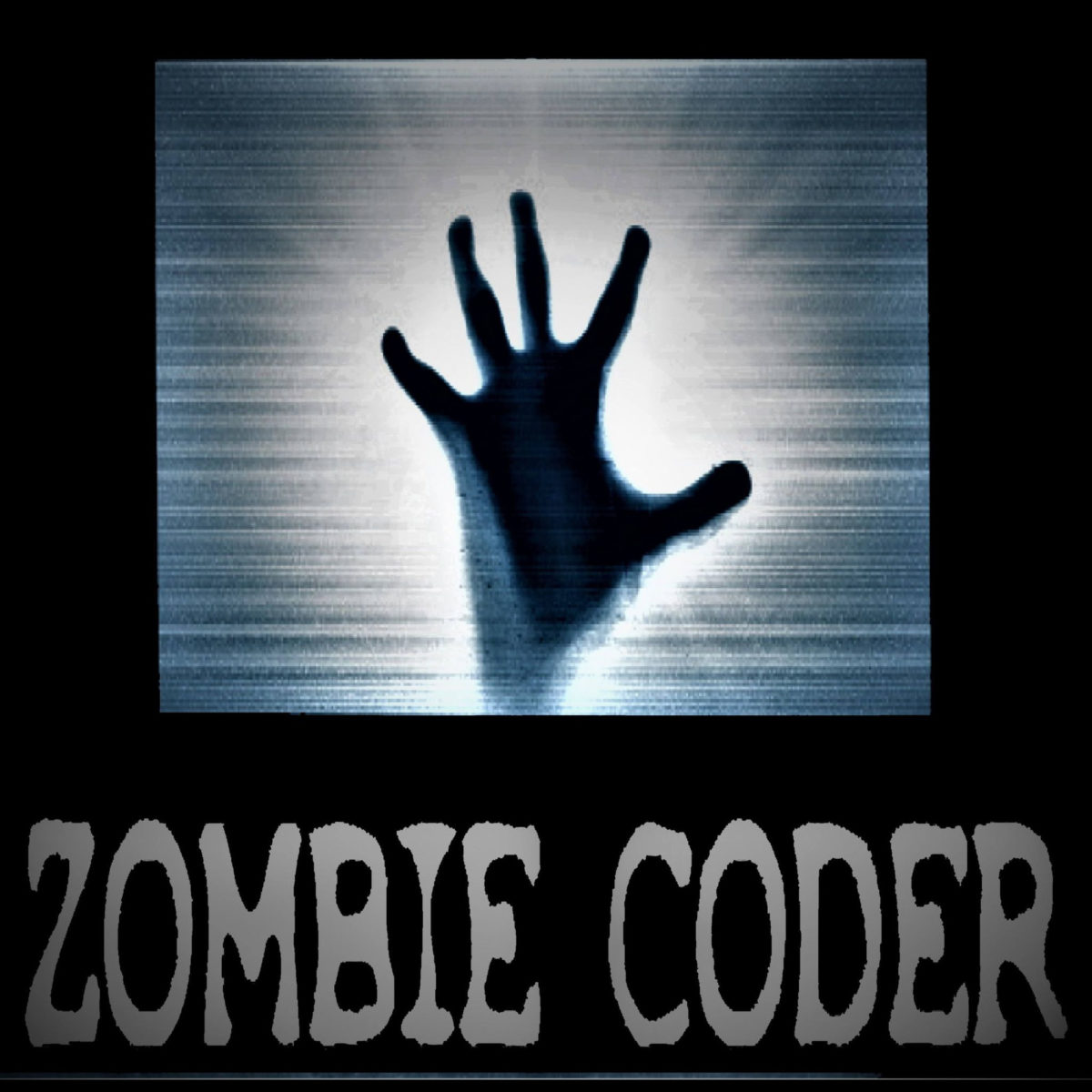Since Wyrm is utilizing a bootstrapped Scheme variant, building data structures and writing files is surprisingly difficult. Scheme provides the ability to express almost any construct, but without standard libraries every tiny detail most be determined.
The “actual” Wyrm system will eventually provide low level data structures and type support. Any construct utilized by “Mini Scheme” will require duplication between both the Wyrm Scheme implementation, and the “generic” Scheme based system. Writing the ELF decoder, the first obvious challenge to address is some form of structured data support. Normal scheme applications might use a SRFI-1 based “associative list”. Ideally, Wyrm will implement an associative container with “better performance”, but for now, utilizing a wrapped associative list works well. Given the newly defined “dictionary” type, the next hurdle is implementing basic support for serializing structures. For this, a new ‘encoding’ structure is created. With a defined dictionary type and serialization structure, implementing basic support for the primary ELF file header is simple.
So far, basic Test Driven Development (“TDD”) practice has allowed development of substantial infrastructure without gnarly scaffolding. The current ‘Wyrm’ program remains a simple “Hello World” display, but substantial support for ELF and “Wyrm” common scheme library support is present.
The huge challenge remains focus. Even basic decisions get easily bogged down if considering all the possible angles of a full toolchain ecosystem. Worse, there’s nearly infinite complexity possible if attempting to expand to a more modern feature set. But, without the massive set of refactoring and “intelligent” coding tools, any added functionality becomes massively distracting. A worthwhile detour might include integrating Visual Studio Code for improving quick reference documentation.

